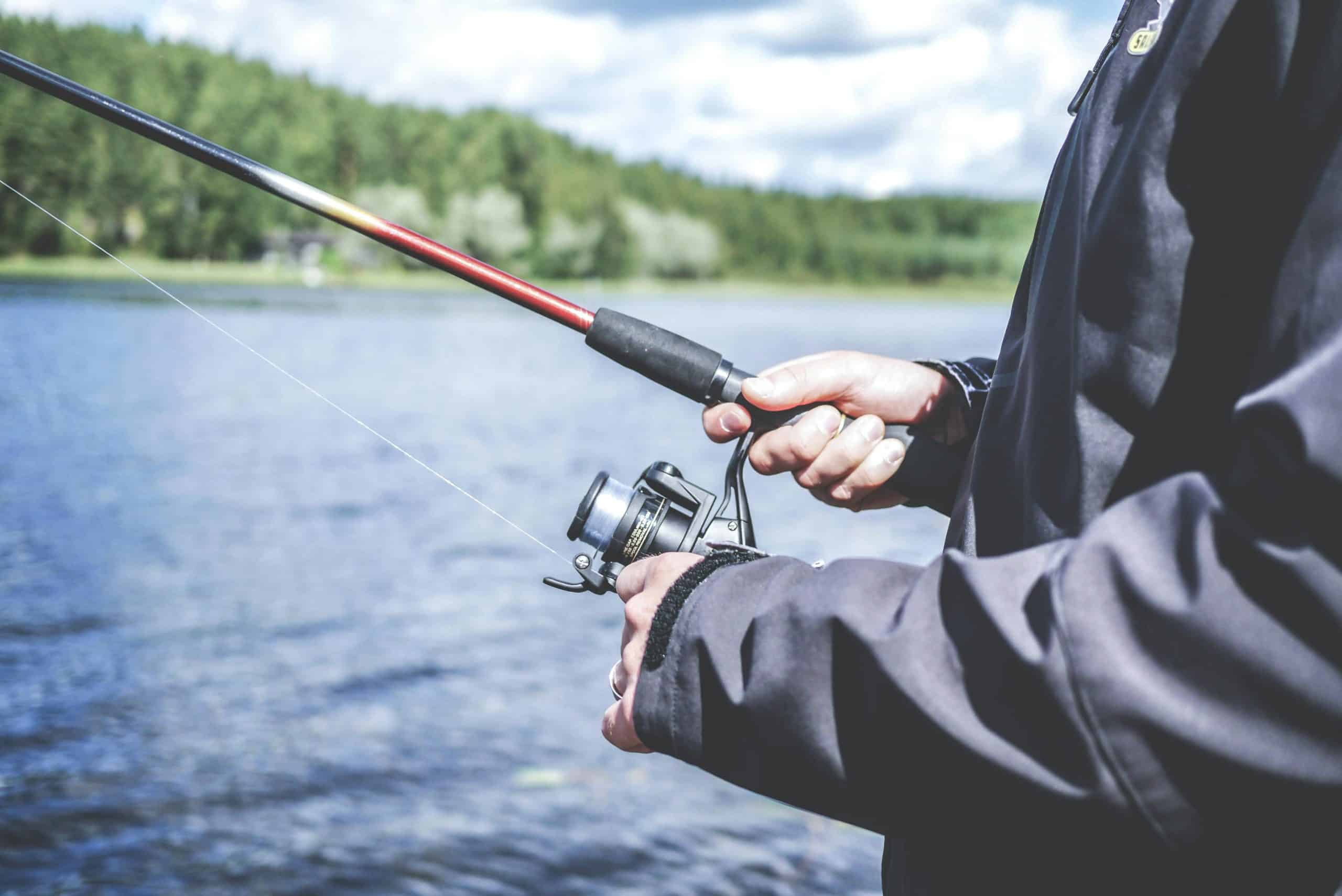How Should UK Specialty Fish Markets Use Content Marketing to Promote Sustainable Fishing?

As the global demand for seafood increases, so does the drive for sustainability in the industry. Consumer awareness and concern about overfishing, unacceptable conditions for farmed fish, and the decline of marine ecosystems have grown. The UK specialty fish market, like others around the world, needs to respond to these concerns. Using content marketing to promote sustainable fishing practices can be an effective strategy. This article delves into how it can be done.
Using Data to Understand Market Trends and Consumer Behavior
Before diving into content marketing, it's crucial to understand your market and consumers. Data can provide valuable insights into the current state of the seafood industry, consumer preferences, and emerging trends.
Avez-vous vu cela : Uncover lucrative dropshipping winning products easily
First, let's look at the global seafood market. It's a booming industry, with the demand for seafood products growing steadily. According to a recent study by scholars, the global seafood market is projected to reach $155.32 billion by 2023. However, this growing demand is putting a strain on our marine ecosystems, with over 33% of the world's assessed fisheries reported as overfished.
Consumers are becoming more aware of these issues, and their shopping habits are changing accordingly. Many are choosing to buy sustainable seafood, caught or farmed in ways that consider the long-term well-being of the marine ecosystem. This preference is reflected in the rising popularity of certification schemes like the Marine Stewardship Council (MSC) and Aquaculture Stewardship Council (ASC).
Lire également : What Are the Key Strategies for UK Dental Clinics to Advertise Cosmetic Dentistry on Facebook?
Search engines like Google also reveal a lot about consumer behavior. Search queries related to sustainable seafood, such as "sustainable salmon," have seen a significant increase in recent years. This shows that people are actively seeking information and making conscious choices about the seafood they consume.
Educating Consumers through Content Marketing
Once you have a clear understanding of the market and consumer behavior, it's time to educate consumers about sustainable fishing practices through content marketing. But what exactly is content marketing? It's a strategic marketing approach focused on creating and distributing valuable, relevant, and consistent content to attract and retain a clearly defined audience.
Firstly, you can create content that educates consumers about the issues facing the seafood industry, such as overfishing, harmful fishing practices, and the importance of sustainable seafood. This can be delivered through blog posts, infographics, videos, or social media updates.
Secondly, you can use content marketing to highlight the advantages of sustainable seafood. For example, you can create content around how sustainable seafood tastes better, is healthier, and contributes to the well-being of marine ecosystems.
Finally, you can educate consumers on how to identify sustainable seafood. For instance, you can create content explaining the different certification schemes like MSC and ASC, what they mean, and why consumers should look for them when buying seafood.
Showcasing Sustainable Fishing Practices
Consumers love to know where their food comes from. The 'nose-to-tail' trend in meat consumption has led to a similar 'fin-to-tail' trend in seafood, where consumers are interested in the whole journey of their seafood, from the sea to their plates.
Through content marketing, you can give consumers a behind-the-scenes look at your fishing practices. You can create content showing how your fish are caught or farmed, the measures you take to ensure sustainability, and how your practices contribute to the well-being of marine ecosystems.
For example, you can create video content showing your fishing boats in action, interviews with your fishermen about why they believe in sustainable fishing, or infographics explaining the life cycle of a sustainably farmed salmon. Showcasing your sustainable practices not only educates consumers but also builds trust and transparency, which are vital in today's market.
Partnering with Influencers
Influencer marketing can be a powerful tool in your content marketing strategy. Influencers have a dedicated following, and their recommendations can influence their followers' purchasing decisions.
Consider partnering with influencers who align with your brand values and have a genuine interest in sustainability. They can create content showcasing your sustainable fishing practices, cooking your seafood, or even visiting your fishing sites. This not only increases your reach but also adds credibility to your brand.
Remember, authenticity is key in influencer marketing. The partnership should be genuine, with the influencer truly believing in your brand and its commitment to sustainability.
Leveraging User-Generated Content
Finally, don't underestimate the power of user-generated content (UGC). UGC is any form of content, such as images, videos, text, and audio, that has been posted by users on online platforms.
UGC can be an effective way to engage consumers and promote sustainable seafood. For example, you can encourage consumers to share photos of their sustainable seafood dishes, stories about why they choose sustainable seafood, or their experiences visiting your fishing sites.
Moreover, UGC can contribute to a sense of community among consumers, fostering a shared commitment to sustainable seafood. It can also provide you with valuable insights into consumers' experiences, preferences, and ideas, which can inform your future content marketing strategies.
Remember, content marketing is a long-term strategy that requires consistency, creativity, and a deep understanding of your audience. But when done right, it can be a powerful tool in promoting sustainable fishing and driving the demand for sustainable seafood.
Building Trust via Transparency About Sustainable Fishing Practices
In the face of increasing consumer consciousness, transparency becomes crucial. Customers are willing to pay a premium price for sustainably caught fish, but they need assurance about the authenticity of the sustainable fishing practices employed. To build this trust, it is necessary to provide a clear view of the supply chain.
Content marketing is an excellent tool to achieve this. It can be used to highlight every step from the fishing practices to the final seafood product. Sharing the stories of the fish species, their habitats, how they are caught, the fishermen involved, and the journey of wild fish to the plate can resonate with customers and reflect the brand's commitment towards sustainability.
Moreover, using Google Scholar to research and share scholarly articles about sustainable fishing can add substantial validation to these stories. For instance, sharing information about how small-scale fisheries contribute to sustainability can change perceptions and promote such practices. This can be particularly effective when promoting lesser-known or local fish species, which often have lower environmental impacts than widely popular species.
Furthermore, sharing information about the real impact of making sustainable choices, such as the number of fish species saved or the improvement of marine ecosystems, can create a sense of achievement in consumers and encourage them to continue making sustainable choices.
Leveraging Technology for Sustainable Fishing Awareness
As technology continues to evolve, it offers new ways to promote sustainable fishing. One of the ways is through the use of virtual reality (VR) or augmented reality (AR) experiences. These can give consumers a first-hand look into the world of sustainable fishing practices, the life of wild-caught fish, and the journey of fish products from sea to plate.
For instance, a VR experience could take customers on a virtual tour of a sustainable fishing vessel, showing them how the fish are caught and handled. This not only educates consumers about the process but also provides an engaging, immersive experience that can leave a lasting impression.
Another technological tool that can be utilized is blockchain technology. This can provide a secure, transparent and tamper-proof record of the fish seafood journey from catch to market. Such transparency can help build trust and confidence in the sustainable credentials of the seafood, encouraging consumers to pay a premium price for such products.
Moreover, these technological interventions can be shared as compelling content pieces across various digital platforms, thereby reaching a wider audience and further promoting sustainable fishing.
Conclusion
With the ever-increasing demand for seafood and the corresponding stress on marine ecosystems, promoting sustainable fishing has never been more critical. For specialty fish markets in the UK, embracing content marketing strategies can be a powerful way to drive this change.
By leveraging data to understand market trends and consumer behaviour, educating consumers, showcasing sustainable practices, partnering with influencers, and using user-generated content, these markets can effectively promote sustainable fishing. Trust can be built by providing transparency about sustainable practices, and technology can be harnessed to provide unique immersive experiences and secure supply chain information.
While these strategies require commitment, creativity, and a deep understanding of the audience, the rewards are manifold. They can not only help drive the market size of sustainable seafood products but also contribute significantly to the well-being of our precious marine ecosystems. Now, more than ever, it's time to dive deep and make waves with sustainable fishing.
